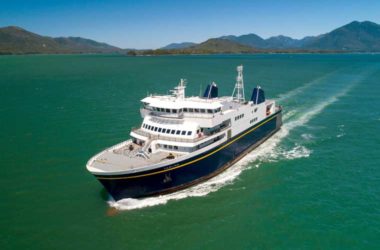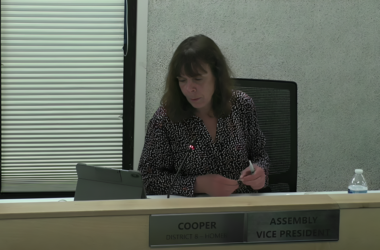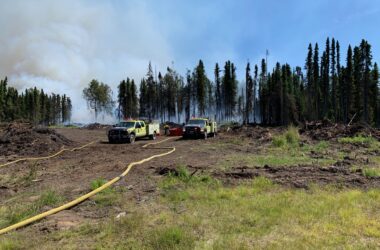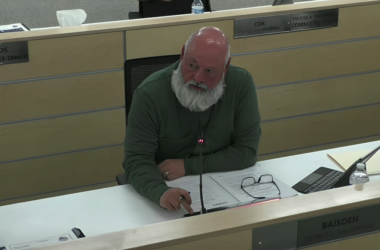The Alaska Department of Environmental Conservation reports that tests in 2016 of a variety of popular seafood species revealed no Fukushima-related radiation. The state began monitoring Alaskan seafoods in 2014 following the 2011 nuclear disaster in Japan.
Environmental health program specialist and Liaison to the Nuclear Regulatory Commission Marlena Brewer says Alaska recently partnered with the U.S. Food and Drug Administration to continue monitoring through 2017.
Brewer: “So we’re pretty excited about that. But I can’t speak to how much longer in the future after this year that we’ll continue to monitor.”
She also spoke about another partnership with the FDA launched last year, in which Alaska was selected as the first state test site to use a gamma-ray analysis system to analyze fish for radionuclides.
Brewer: “Food Safety and Sanitation inspectors here at DEC go out and collect the samples during their routine inspections throughout the fishing season. So we’re not incurring additional costs for going out and collecting theses samples and that’s what really makes this all possible. So they just collect an additional sample and send it in for this radiological testing.”
Brewer says the hope is that if a disaster like Fukushima ever occurred again, this new laboratory testing system could be deployed by the FDA to the area affected and streamline analyzing samples.






